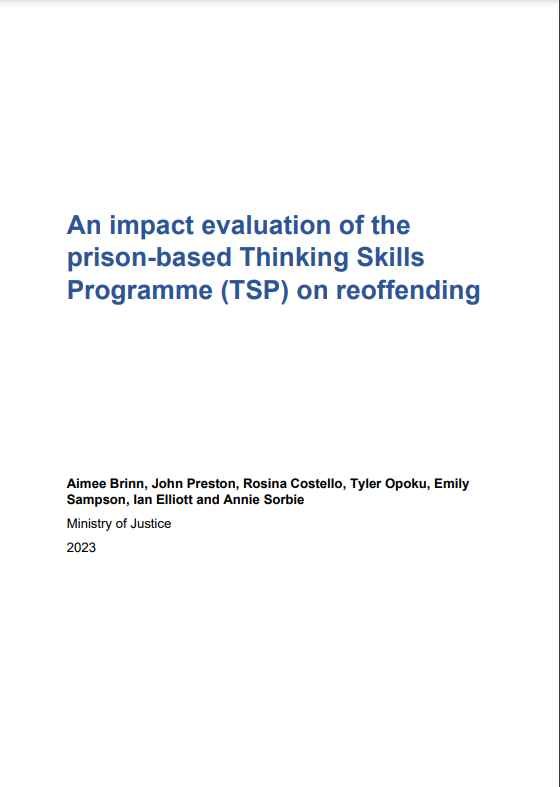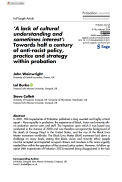By Nazgol Ghandnoosh, Emma Stammen and Connie Budaci
In San Joaquin County, California in 2010, 19-year-old Emmanuel Mendoza helped lure a robbery victim to a location where a masked accomplice waited with a firearm. When a struggle with the victim over the firearm ensued, Mendoza’s accomplice fired a fatal shot. Although Mendoza did not have a weapon and the killing had not been planned, he was convicted of felony murder with special circumstances, and automatically sentenced to life without parole (LWOP). In prison, he ended his gang affiliation and mentored others to do the same, earned a GED and associate degree, embraced his faith, and has been an active father to his three children. “I understand that at the end of the day someone lost their life,” Mendoza says. “Our plan that night wasn’t to kill anyone. I can’t take it back. But I also feel that it was a huge injustice to not be given an attempt at freedom.” Murder typically refers to an intentional killing. But “felony murder” laws hold people like Mendoza liable for murder if they participated in a felony, such as a robbery, that resulted in someone’s death. These laws impose sentences associated with murder on people who neither intended to kill nor anticipated a death, and even on those who did not participate in the killing. As such, they violate the principle of proportional sentencing, which is supposed to punish crimes based on their severity. These excessively punitive outcomes violate widely shared perceptions of justice. With one in seven people in U.S. prisons serving a life sentence, ending mass incarceration requires bold action to reduce extreme prison terms such as those prescribed for felony murder. These laws run counter to public safety, fiscal responsibility, and justice. Although other countries have largely rejected the felony murder doctrine, 48 states, the District of Columbia, and the federal government still use these laws. The only two states that do not have felony murder laws are Hawaii and Kentucky. Seven other states require some proof of intentionality regarding the killing to consider it murder, though the use of a gun—or mere knowledge of a co-defendant’s gun use—satisfies this requirement in some jurisdictions. In any case, all felony murder laws use the underlying felony to either a) treat as murder a killing that would not have otherwise been considered murder, or b) increase the gradation of murder, such as from second to first degree.
Washington, DC: The Sentencing Project, 2022. 36p.























